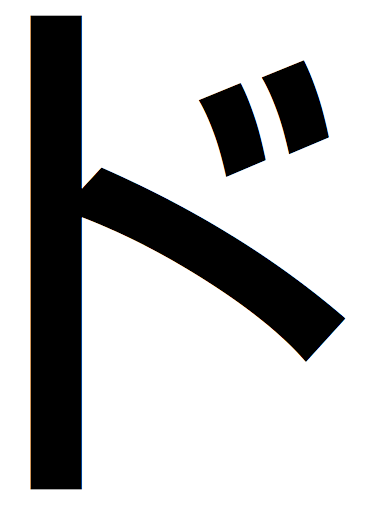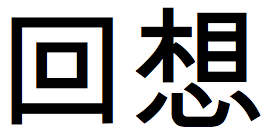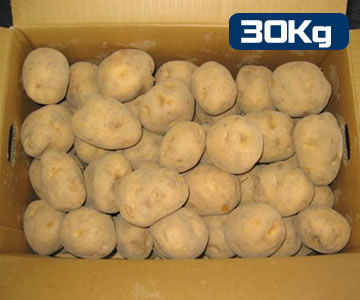A few weeks ago, Caught Red-handed wondered why he has so much trouble learning katakana. He and his commenters hint at some of the problems – lack of exposure being the main culprit – but I don’t think anyone hit at the central issue: it’s naive to assume that katakana words should be easy to learn just because they are phonetic.
The key thing to realize is that when you read a language fluently, you never read the individual parts of words. Think about it in English for a second. When you look at the word “when,” you aren’t thinking “OK, double-u and silent h makes a ‘we’ sound. Ends with ‘n,’ so it’s pronounced ‘wen.’” You recognize it as its own entity and you have a pronunciation and meaning associated with the set of squiggles that take the shape of “when” – a gestalt.
Sure, katakana make it slightly easier than English because you can read out the, more or less, exact pronunciation if you slow down, but when you read, I’m willing to be that you brain can’t differentiate between a katakana word, an English word or a kanji compound – to your brain they are all just arbitrary pictograms.
This provides the answer to the question: start treating katakana words more like kanji compounds and you’ll have more success. If you treat them like a set of phonetic characters to be mastered in the first few months of language study, they will bite you in the ass. If you treat them like real words – gestalt made of random lines and curves – then you’ll have no problem. Rather than studying them individually part by part, it’s important to start seeing them as groups of characters that form unified entities.
Honestly, I wish I had realized this earlier. I went through the exact same troubles with katakana, and unfortunately for me, the only cure has been time. With the advent of SRS programs, it would be easy to start a separate file for katakana words, quiz the hell out of yourself and end up a master in no time.
(On a side note, I think a lot of people kind of ignore katakana once they’ve learned a word as a gestalt. One of my professors jumped on everyone in my class for mispronouncing ボタン. I think we were all saying something closer to ブタン. Make sure you’re taking the time to hit every mora. Not only will it improve your pronunciation, it’s also fun to say foreign words in a super Japanese accent. I love over-exaggerating loanwords. A good example is one of Murakami’s choice whiskies – カティーサーク. Make sure to drag out that long ア sound in the サーク.)
(And, yes, that word gestalt is awesome and should be used whenever possible.)






